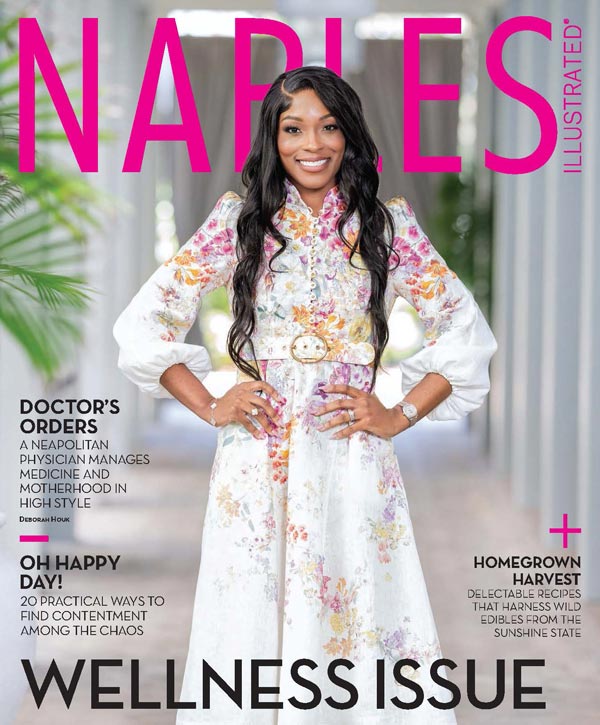
A study recently conducted at the Edinburgh International Science Festival seems to indicate that half of us can’t tell the difference between cheap and expensive wine.
578 people were given pairs of wines, in which one wine cost two to three times as much as the other. 53% of the participants correctly identified the more expensive white wine, while only 47% did so with the reds—basically, the same odds as a random guess. “When you know the answer, you fool yourself into thinking you would be able to tell the difference,” says Richard Wiseman, a psychologist who conducted the study, “but most people simply can’t.”
The wine community is in an uproar, of course, with many observers claiming that there wasn’t a significant enough price difference between the pairs. The inexpensive wines cost around $7.50, while the more expensive ones retailed for $15-25. While it’s true that there isn’t a huge quality difference in this price range, most experienced tasters would say that they could tell the difference.
The Edinburgh study isn’t unique. In 2008 Robin Goldstein of the American Association of Wine Economists examined over 6,000 blind tastings from a price perspective. If Robin Goldstein sounds familiar, he’s the guy who created a “restaurant” in Milan and conned The Wine Spectator into giving it their Award of Excellence for the imaginary wine list—thus proving (for many of us, at least) that the Spectator is more concerned with raking in the $375 award application fee than it is in recognizing excellence in restaurant wine programs.
“Individuals who are unaware of the price do not derive more enjoyment from more expensive wine,” concluded Goldstein. In fact, he found that “individuals on average enjoy more expensive wines slightly less.” While he conceded that consumers with wine training are more apt to experience “a positive relationship between price and enjoyment,” his research led him to believe that “both the prices of wines and wine recommendations by experts may be poor guides for non-expert wine consumers.”
For the novice wine drinker, the moral of this story may be something I’ve been saying for years—start your own tasting group. Assemble some like-minded people, meet every few weeks, set a theme and taste together. In less than one year you’ll be more confident in your preferences, have a new set of personal quality standards, and be less dependent on “experts” to recommend wines for you.









Facebook Comments